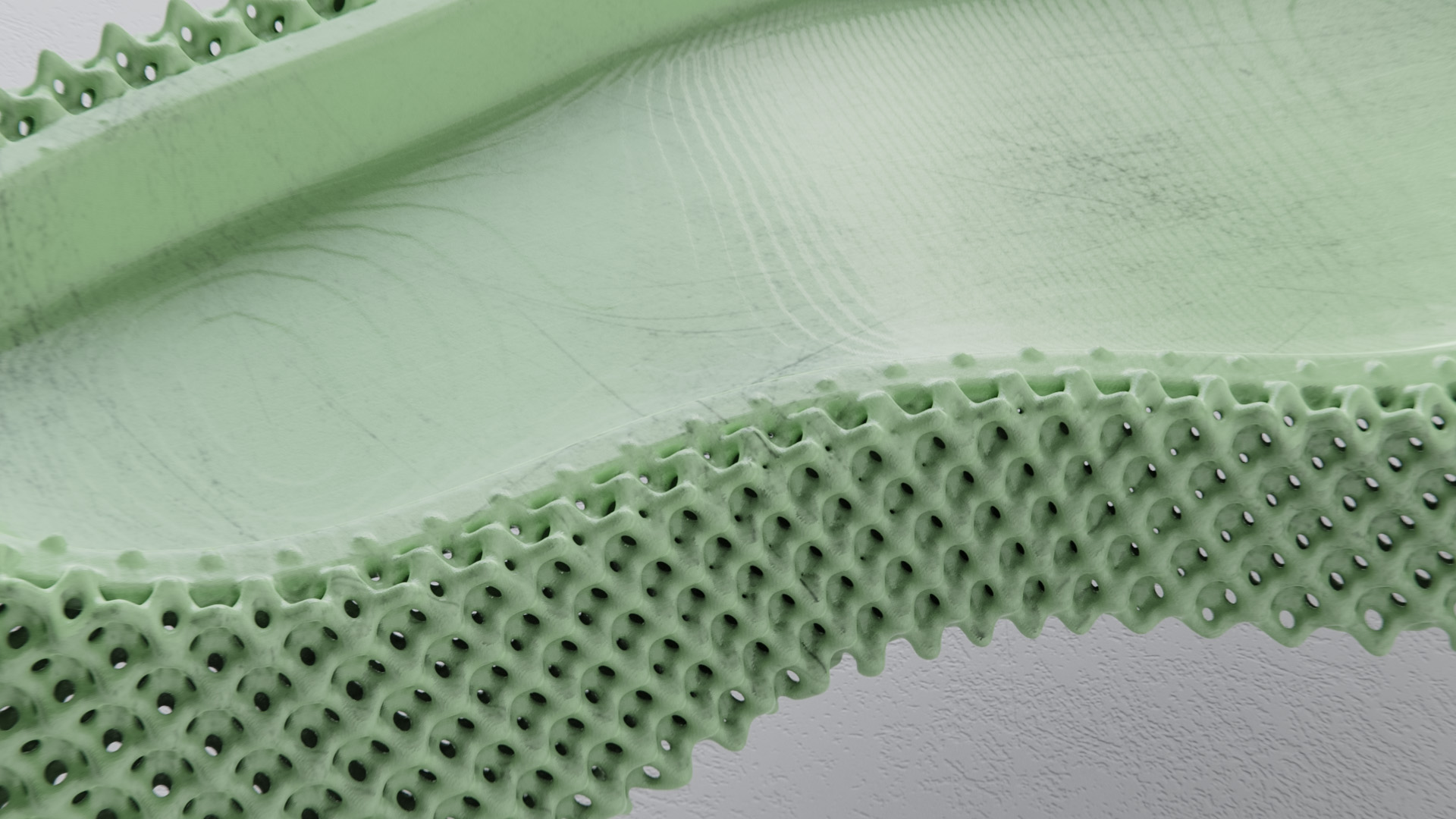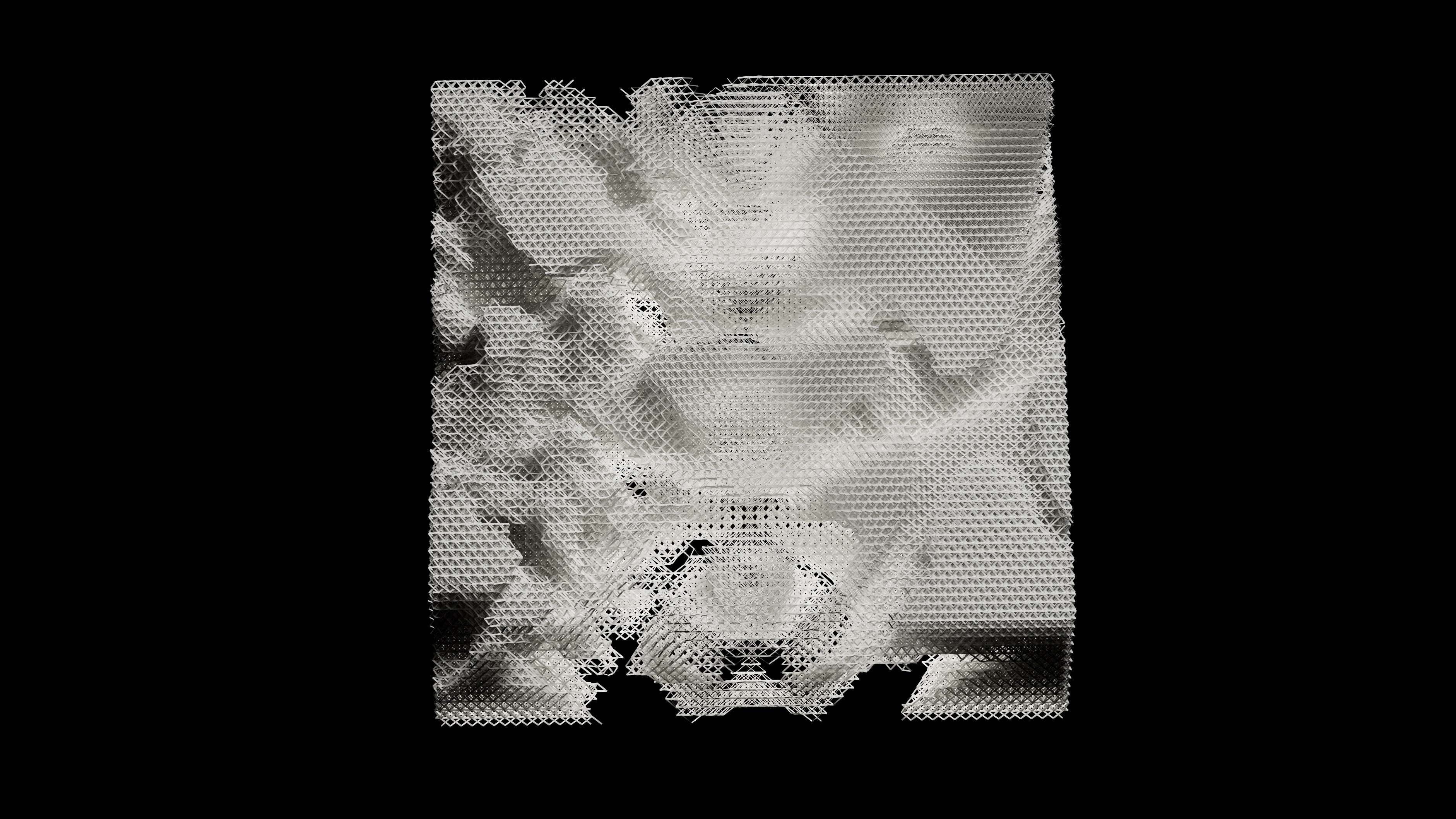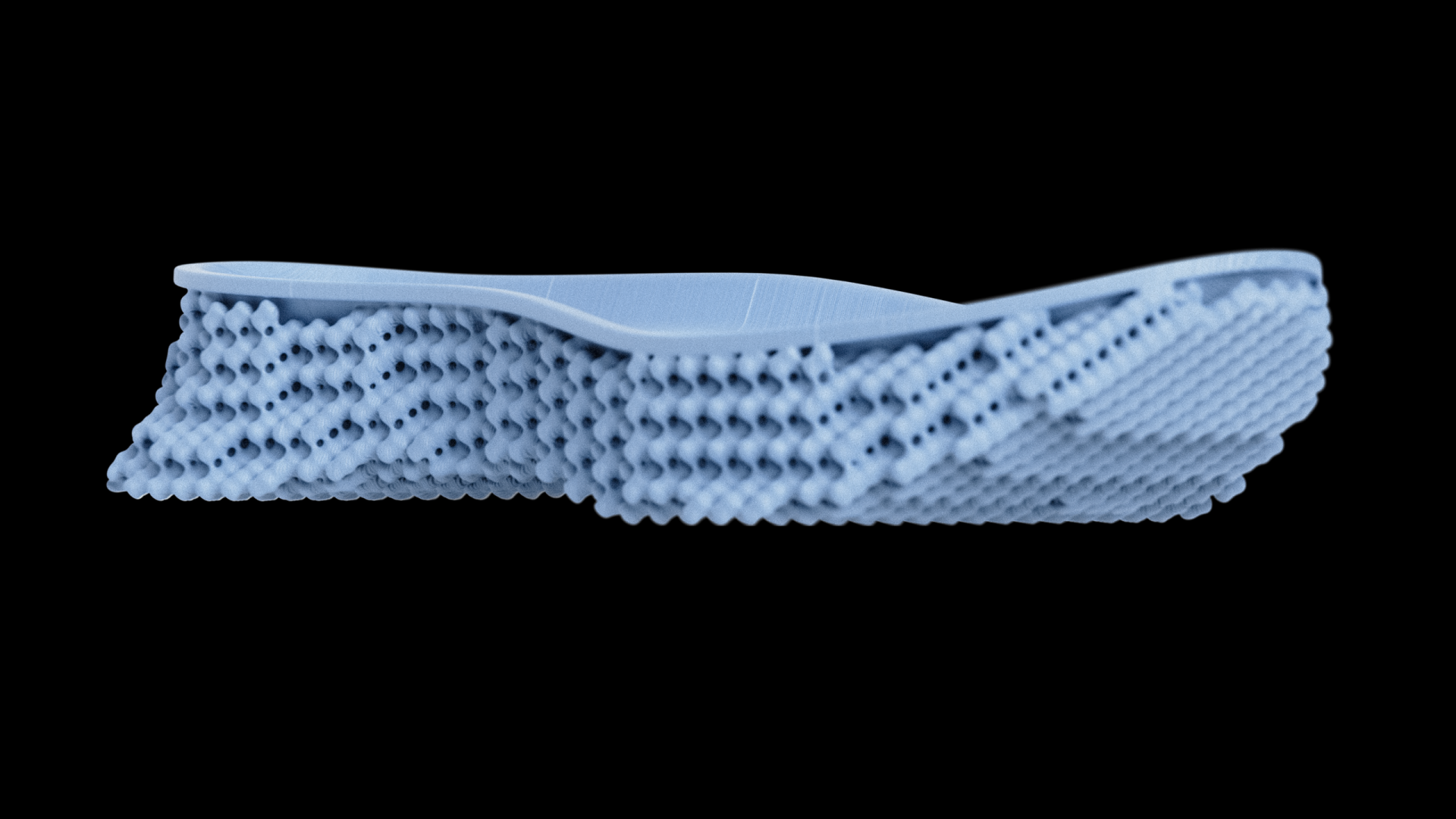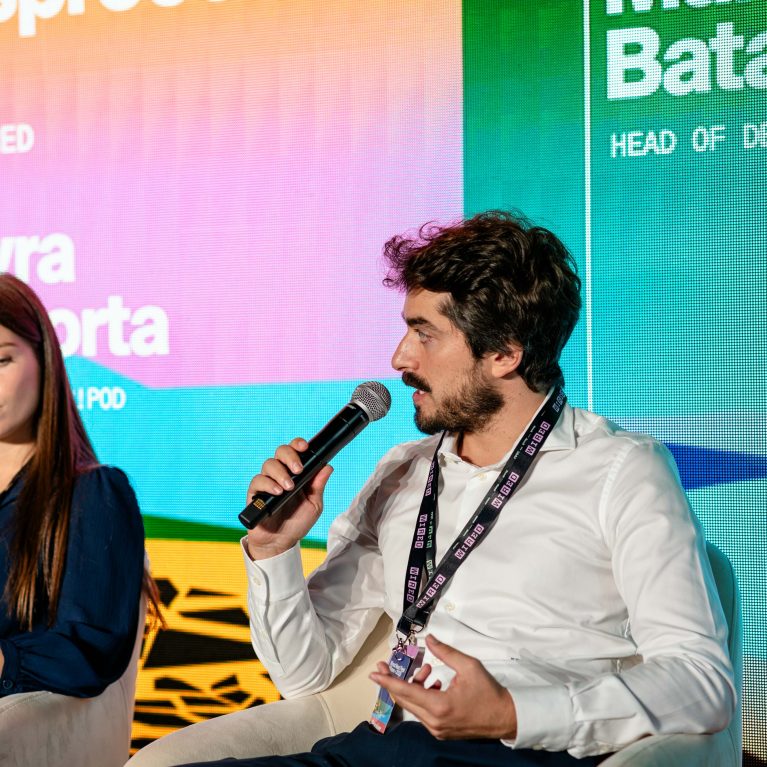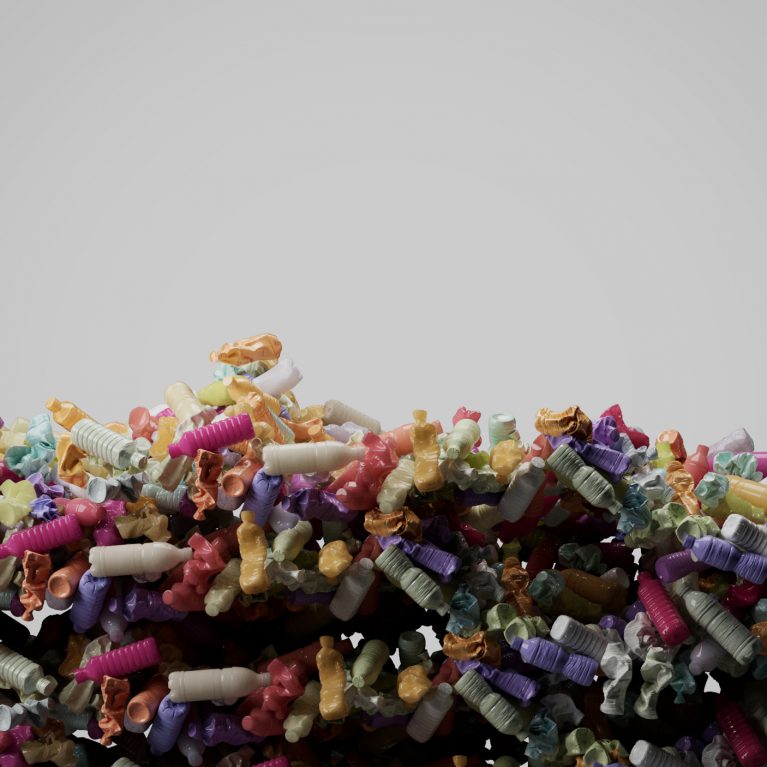Procedural Design for Industrial Applications
Topological optimization is revolutionizing design approaches in various fields, from complex system engineering to architecture. It allows for a substantial reduction in material usage without compromising strength, leading to lighter yet often more resilient solutions than traditional models. This approach is inspired by natural structures, such as the density and structure changes in bones from inside to outside, creating a lightweight, resilient composite adapted for specific flexibility and regeneration requirements.
The design method is generally data-driven, relying on rules or algorithms that yield outputs far more complex than the input used, unachievable with manual techniques. In this realm, procedural design plays a prominent role by enabling optimal organization of data on which the system depends. Beyond parameter control, it allows easy modification of parts of the algorithm, generating evolutions or variants of the base model by intertwining it with new data.
In urban planning, it enables the study and comparison of different urban schemes, optimizing space use and integration with the surrounding environment. In game design, procedural design is crucial for generating dynamic gaming environments and complex maps, enabling the creation of vast open-world systems without manual drawing.
In VFX, it’s used for creating textures, landscapes, and complex visual effects in movies and animations, generating realistic details like crowds, vegetation, or atmospheric effects.
In industrial design, it can be used for developing components with complex topologies, effectively addressing some of the most intriguing design challenges of the new century.
Software for Procedural Design
Houdini
Widely used in VFX and animation, Houdini is known for its powerful capacity to generate procedural dynamics and physical simulations.
Rhino with Grasshopper
Mainly used in architecture and industrial design, Grasshopper is a Rhino plugin that enables parametric and procedural design through a visual interface.
Unity and Unreal Engine
These game engines offer procedural functionalities for creating game environments and dynamic gameplay elements.
Processing and P5.js
Programming languages and development environments geared toward artists, designers, and educators for creating procedural and interactive graphics.
Blender
A free 3D modeling and animation software with scripting options for procedural design.
Foundations of Topological Optimization
Nature, through millions of years of evolution, has refined composite geometries to maximize strength and minimize the weight of structures, eliminating gaps between layers for composites characterized by varying density, composition, thickness, and shape in a seamless solution. Inspired by these principles, procedural design and topological optimization can be used to develop high-performance solutions to complex problems. This approach finds applications in various sectors, from aerospace to med tech.
Topological optimization is a methodology that determines the optimal distribution of material within a given volume, based on specific objectives and constraints. Using advanced algorithms and finite element simulations, it’s possible to identify areas where material can be reduced or removed, without compromising structural performance, leading to novel geometric structures that have inspired a new bio-mimetic visual language.
The Role of Procedural Design
Procedural design employs rules and algorithms to generate shapes and structures. Its use in topological design allows the exploration of a wide range of configurations, often inspired by natural forms and structures like bone lattices or leaf geometries. Within these systems, solutions are often not unique, and results depend on the interpretation of constraints and the complexity of computing systems or codes, meaning that even in the most technical solutions, there is a significant margin for human creativity to make the result unique.
Topological optimization and procedural design represent a promising frontier in designing efficient and sustainable products but are still often limited by the difficulty of reproducing overly complex forms suitable only for additive manufacturing technologies. The continuous evolution of computing and 3D printing technologies will open new possibilities for procedural design and topological optimization.
Related News
Order in chaos: Industrial Design system based on nature’s behaviour
In nature, in every simple or complex system, there is a scale of iterations distributed over several levels.
Filippo Batavia and Ginevra Della Porta, reflections against food waste at the Wired Next Fest 2023
Leveraging the experience gained from the Nebula project, DesignHouse developed a new product from scratch in less than two years.
B!POD’s Action Against Ocean Plastic Pollution
In 2023, B!POD took a significant step towards sustainability. It ceased the production of containers using traditional polypropylene (PP) and switched entirely to using OBP.


